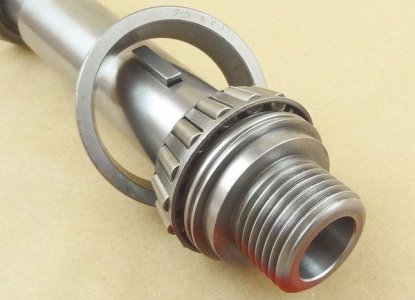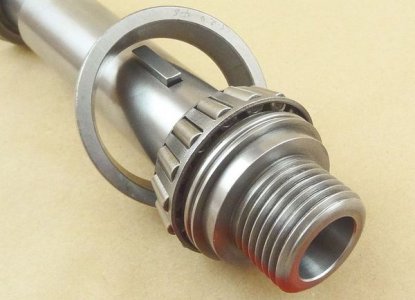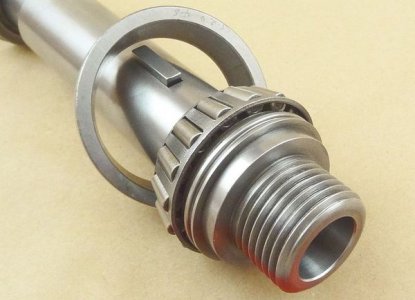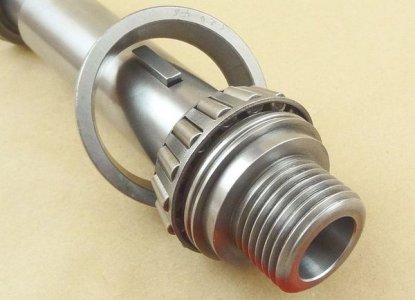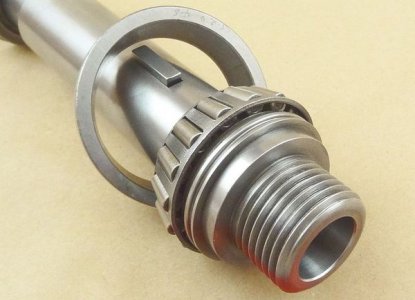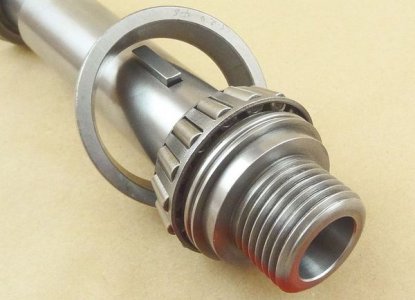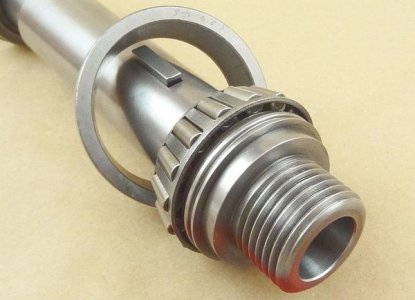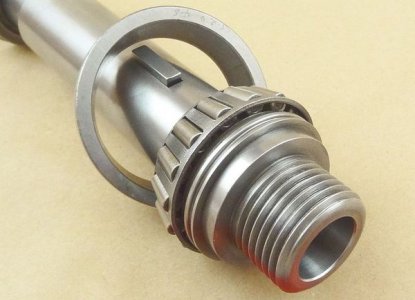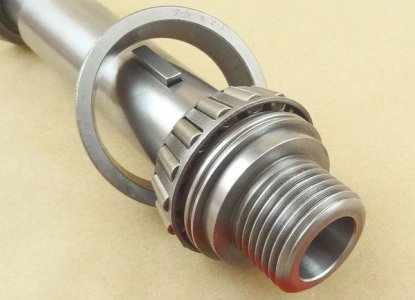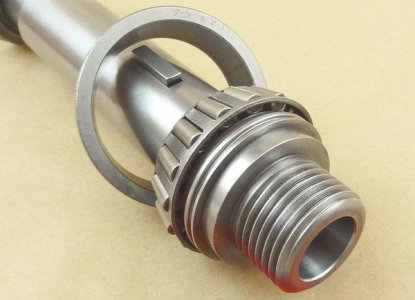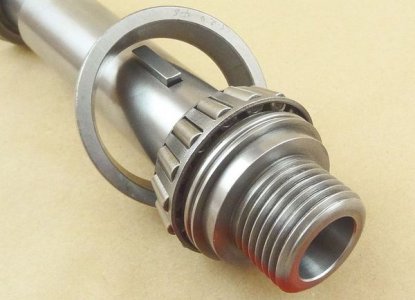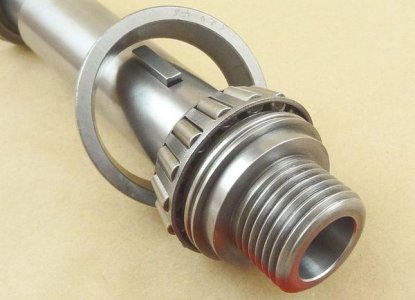- Joined
- Jan 22, 2011
- Messages
- 8,031
As mentioned, thread grinding id a specialty on par with, or possibly above helical gear generation. It is normally reserved for thread gages and such precision threads as in ball screws or precision lead screws. In an industrial setting, a dedicated machine is used for this, not a hobby lathe.
May I ask your intention or goals (motivation) for this endeavor?
May I ask your intention or goals (motivation) for this endeavor?


